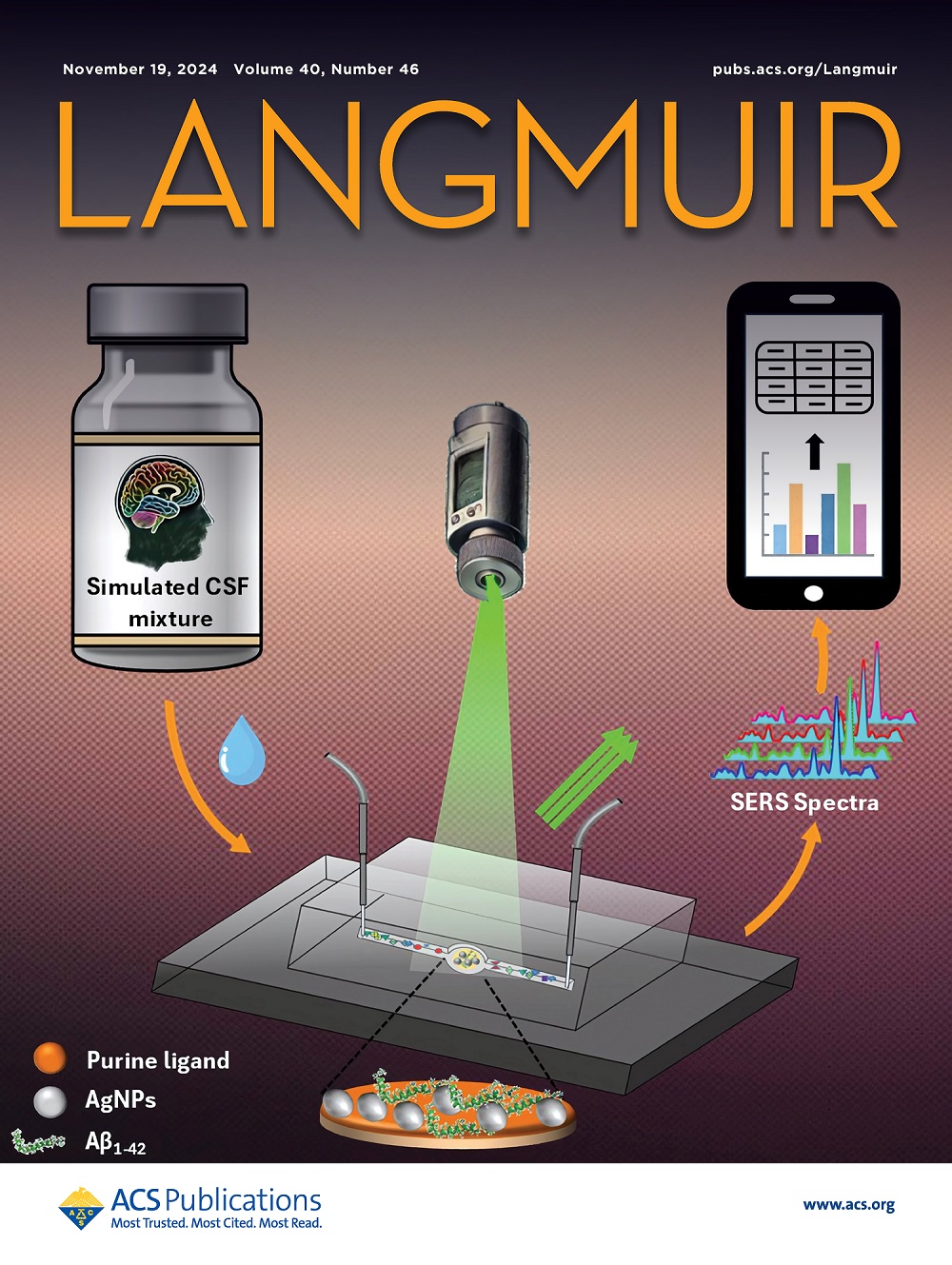Degradation of Methylene Blue by Ozone Oxidation Catalyzed by the Magnetic MnFe2O4@Co3S4 Nanocomposite
IF 3.9
2区 化学
Q2 CHEMISTRY, MULTIDISCIPLINARY
引用次数: 0
Abstract
In this study, the MnFe2O4@Co3S4 magnetic nanocomposite was prepared by a two-step hydrothermal method and used to catalyze the ozone oxidation degradation of methylene blue. It was characterized by XRD, EDS, SEM, FT-IR, and XPS. The results showed that the introduction of Co3S4 made MnFe2O4 grow uniformly on Co3S4 nanosheets, which effectively prevented the agglomeration of MnFe2O4. Moreover, MnFe2O4 provided active sites and Mn3+/Mn2+ and Fe3+/Fe2+ cycles for the ozone oxidation process. Not only did Co3S4 provide the active site (Co2+/Co3+) for the ozone oxidation process but also its derived S2–/S22– accelerated the electron transfer rate on the surface of the material, thus improving the efficiency of catalytic ozone oxidation degradation of methylene blue. When the molar ratio of MnFe2O4 to Co3S4 was 6:3 (MnFe2O4@Co3S4-3), the catalytic ozone degradation efficiency of methylene blue was the best, which reached 93.55% in 12 min. The reactive oxygen species in catalytic ozonation degradation of MB were 1O2, O2.–, and ·OH. The MnFe2O4@Co3S4 magnetic nanocomposite is an efficient and stable O3 activator, which maintains high catalytic activity and low metal ion leaching after five cycles, indicating that it has a good application prospect in catalyzing ozone oxidation to degrade organic pollutants.

磁性MnFe2O4@Co3S4纳米复合材料催化臭氧氧化降解亚甲基蓝
本研究采用两步水热法制备了MnFe2O4@Co3S4磁性纳米复合材料,并用于催化臭氧氧化降解亚甲基蓝。采用XRD、EDS、SEM、FT-IR和XPS对其进行了表征。结果表明,Co3S4的引入使MnFe2O4在Co3S4纳米片上均匀生长,有效地防止了MnFe2O4的团聚。此外,MnFe2O4为臭氧氧化过程提供了活性位点和Mn3+/Mn2+和Fe3+/Fe2+循环。Co3S4不仅为臭氧氧化过程提供了活性位点(Co2+/Co3+),而且其衍生的S2 - /S22 -加速了材料表面的电子转移速率,从而提高了催化臭氧氧化降解亚甲基蓝的效率。当MnFe2O4与Co3S4的摩尔比为6:3 (MnFe2O4@Co3S4-3)时,亚甲基蓝的催化臭氧降解效率最好,在12 min内达到93.55%。催化臭氧化降解MB的活性氧为1O2、O2。-和·OH。MnFe2O4@Co3S4磁性纳米复合材料是一种高效稳定的O3活化剂,经过5次循环后仍保持较高的催化活性和较低的金属离子浸出,表明其在催化臭氧氧化降解有机污染物方面具有良好的应用前景。
本文章由计算机程序翻译,如有差异,请以英文原文为准。
求助全文
约1分钟内获得全文
求助全文
来源期刊

Langmuir
化学-材料科学:综合
CiteScore
6.50
自引率
10.30%
发文量
1464
审稿时长
2.1 months
期刊介绍:
Langmuir is an interdisciplinary journal publishing articles in the following subject categories:
Colloids: surfactants and self-assembly, dispersions, emulsions, foams
Interfaces: adsorption, reactions, films, forces
Biological Interfaces: biocolloids, biomolecular and biomimetic materials
Materials: nano- and mesostructured materials, polymers, gels, liquid crystals
Electrochemistry: interfacial charge transfer, charge transport, electrocatalysis, electrokinetic phenomena, bioelectrochemistry
Devices and Applications: sensors, fluidics, patterning, catalysis, photonic crystals
However, when high-impact, original work is submitted that does not fit within the above categories, decisions to accept or decline such papers will be based on one criteria: What Would Irving Do?
Langmuir ranks #2 in citations out of 136 journals in the category of Physical Chemistry with 113,157 total citations. The journal received an Impact Factor of 4.384*.
This journal is also indexed in the categories of Materials Science (ranked #1) and Multidisciplinary Chemistry (ranked #5).
文献相关原料
公司名称
产品信息
阿拉丁
tert-Butanol (TBA)
阿拉丁
Tetracycline (TC)
 求助内容:
求助内容: 应助结果提醒方式:
应助结果提醒方式:


